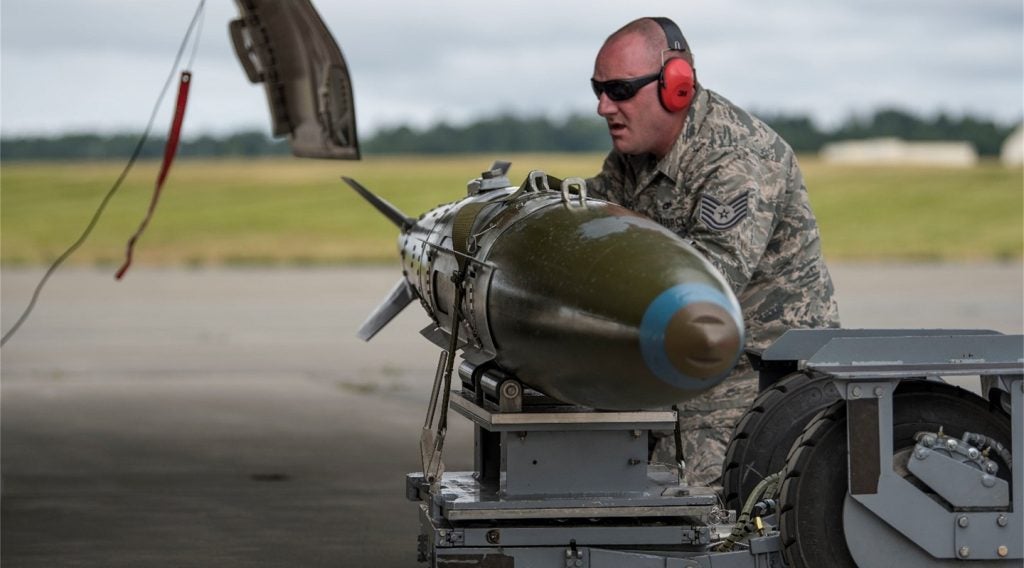Quickstep has received funding from the Australian Government to qualify its patented liquid-based process for production of vertical tail spars for the F-35 Lightning II joint striker fighter (JSF) aircraft.
Awarded through the Australian Department of Defence’s (DoD) New Air Combat Capability Industry Support Program, the $1m grant covers production of more than 700 JSF tail shipsets over the next 20 years.
Specifically, the grant will support the company’s work with the JSF’s New Air Combat Capability, BAE Systems and Lockheed Martin Aerospace, to make a case for changing F-35’s spar-making technology from the existing autoclave method to the Quickstep process.
Quickstep aims to produce demonstration parts, including a first part qualification spar, and subsequently qualify its Bankstown Airport facilities to use the production method for JSF spars, and establish a path for the transfer.
Quickstep managing director Philippe Odouard said the Quickstep process offers a new efficient method for JSF components production at reduced cost, while improving quality. If successful, it will be accepted as an alternative to the JSF programme’s standard curing technology.
Odouard said, ”This could assist Lockheed Martin’s affordability initiative program to reduce F-35 costs for the program’s partner countries.
”This is exciting as it will showcase our capability for tail production and, as the program develops, the Quickstep Process’ potential use to develop entire wing structures for next-generation commercial aircraft manufacturers.”
The new process works by surrounding raw carbon-fibre and resin with heated liquids that transfer heat 25 times faster than the legacy autoclave method, enabling more efficient curing of components at a reduced cost.
Quickstep is scheduled to manufacture 21 different parts for the JSF program at its Bankstown Airport facility in Sydney, Australia.
The overall agreement for delivery of JSF parts to several different original equipment manufacturers (OEMs) will have a maximum potential value of up to $700m over the next two decades.








